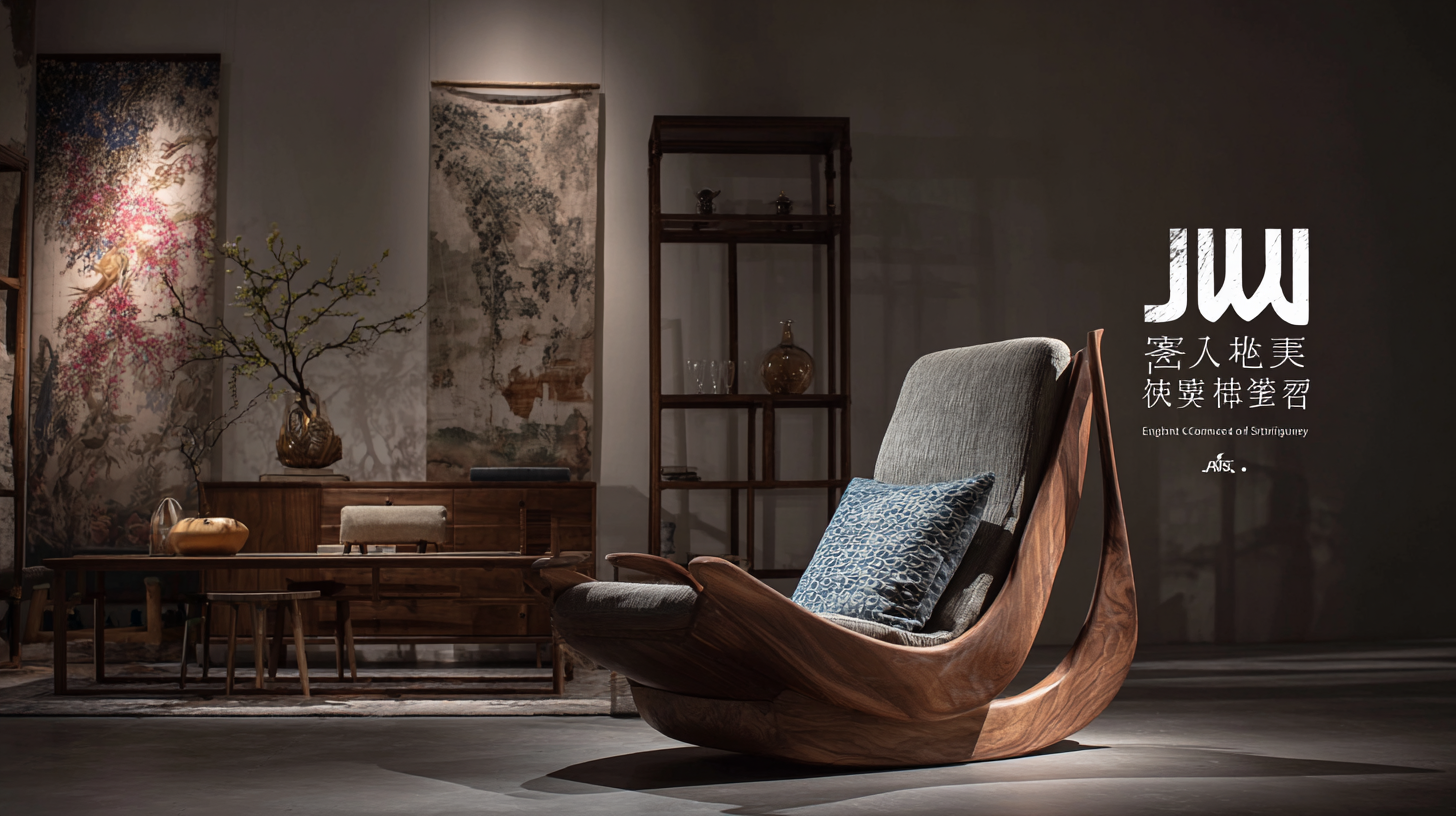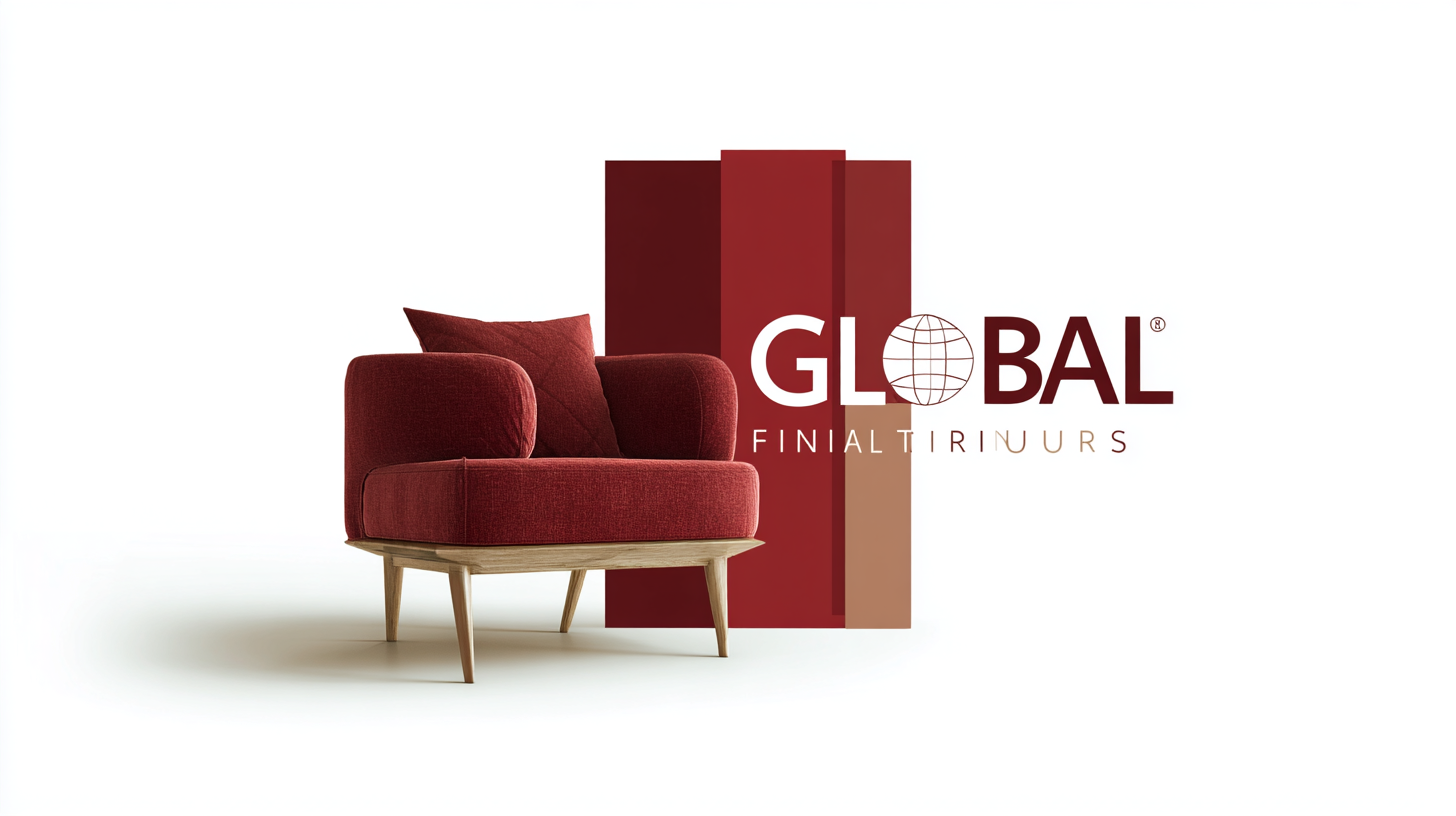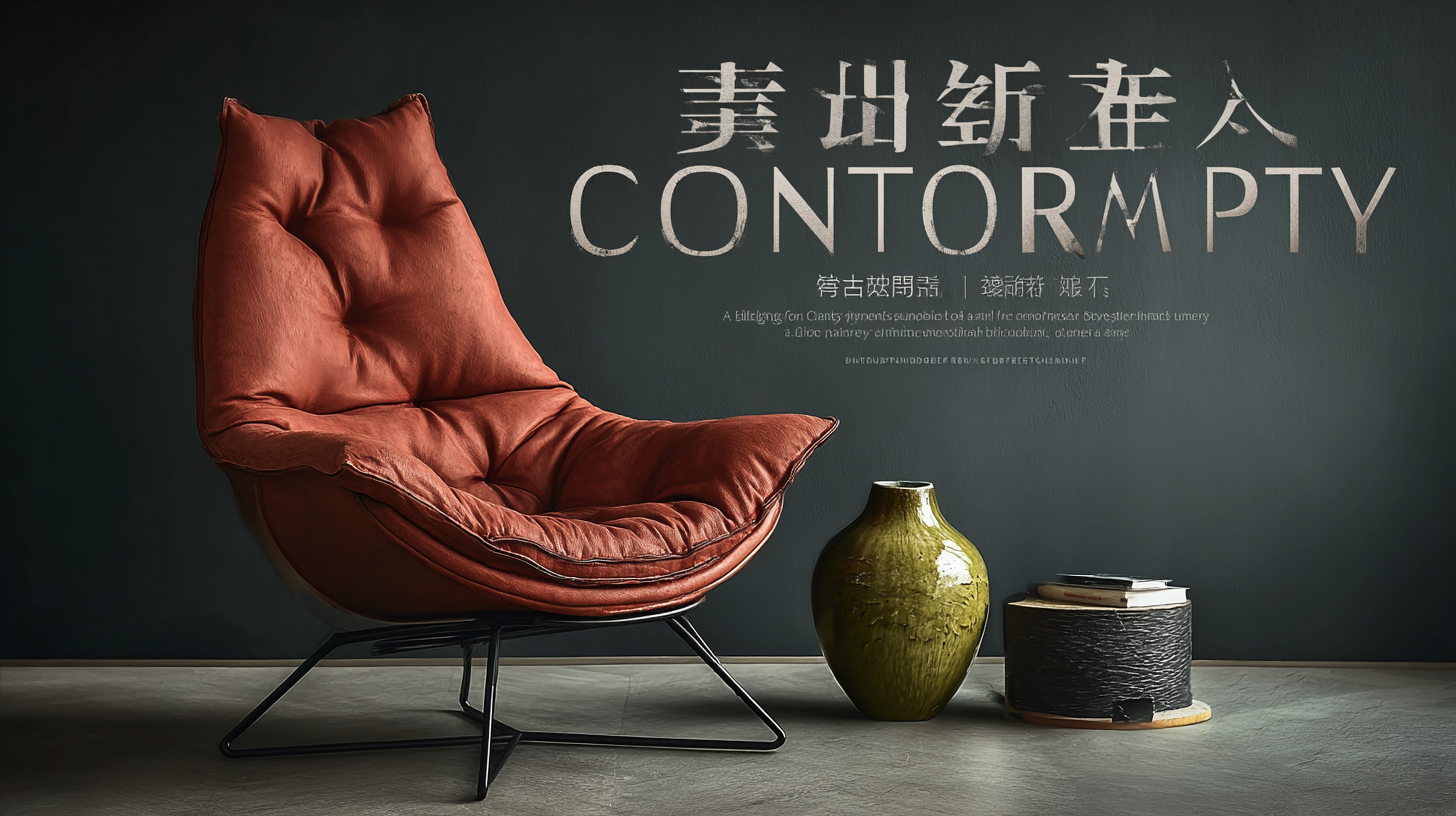Elevating Global Standards: How China's Contemporary Furniture Redefines Quality and Respect
In the dynamic realm of contemporary furniture, China's commitment to elevating global standards is reshaping perceptions of quality and respect within the industry. According to a report by Statista, the global furniture market is projected to surpass $650 billion by 2025, with significant growth attributed to innovations in design and sustainable manufacturing practices. As Chinese manufacturers align their offerings with international quality benchmarks, they are not only enhancing customer satisfaction but also redefining the after-sales service landscape. This includes reduced maintenance costs and improved repair services that cater to the evolving needs of consumers. By focusing on these key areas, Chinese contemporary furniture is not only gaining traction in domestic markets but also making a significant impact on the global stage, setting a precedent for others to follow.

Emerging Trends in Chinese Contemporary Furniture Design
In recent years, Chinese contemporary furniture design has gained significant attention, showcasing an evolving aesthetic that blends innovation with tradition. The upcoming art and design online fair set to launch from November 3 to 18 is a testament to this trend, featuring nearly 30 top galleries from around the world that will highlight the forefront of contemporary artistry. This platform not only emphasizes the global dialogue in design but also positions Chinese creators at the center of contemporary art discussions.

Craftsmanship and Innovation: Redefining Quality Standards
Craftsmanship and innovation are at the heart of China’s contemporary furniture industry, driving a remarkable transformation that redefines quality standards on a global scale. Traditional techniques have been reimagined through a contemporary lens, combining time-honored craftsmanship with cutting-edge technology. Artisans in China increasingly leverage advanced materials and methods, ensuring that every piece of furniture transcends mere functionality to become a work of art. This harmonious blend not only enhances aesthetic appeal but also elevates durability and sustainability, catering to a growing demand for environmentally-conscious design.
Moreover, the emphasis on innovation is pushing manufacturers to adopt new design philosophies that prioritize user experience and ergonomic principles. This shift reflects a broader cultural change towards valuing well-being and style in everyday living spaces. As Chinese designers experiment with form, texture, and color, they create furniture that resonates with diverse consumer tastes while embodying a deep respect for quality. The contemporary furniture landscape in China is thus not only redefining global standards but also setting a benchmark for future generations in design, emphasizing that quality is no longer just about materials but a holistic approach to creating meaningful spaces.

Sustainability and Ethics: The New Norms in Furniture Production
In recent years, sustainability and ethics have become cornerstones of the contemporary furniture industry. Reports indicate that over 80% of consumers now prioritize environmentally friendly products when making purchasing decisions, pushing manufacturers to adopt sustainable practices. China's furniture producers, in particular, are responding to this demand by integrating eco-friendly materials and production processes. According to the Global Sustainability Report 2022, companies that commit to sustainable sourcing can reduce their carbon footprint by up to 30%, aligning with the growing consumer preference for greener options.
Ethics plays a crucial role in the modern furniture landscape as well, with growing awareness of labor conditions and fair trade practices. The Ethical Trade Initiative found that 63% of consumers are willing to pay more for furniture from companies that ensure fair wages and humane working conditions. As a result, many Chinese manufacturers are now implementing rigorous labor standards and transparency in their supply chains. This shift not only elevates product quality but also instills a sense of trust and respect among consumers, marking a significant transformation in the global furniture market.
Global Influence: How China Sets Trends in Interior Design
As the global home decor market continues to expand, projected to surpass $1 trillion by 2032, Chinese contemporary furniture stands at the forefront of redefining quality and setting trends in interior design worldwide. This remarkable growth highlights not only the increasing demand for stylish home furnishings but also the evolving preferences of consumers seeking elegance, sustainability, and functionality. With attention to detail and craftsmanship, China's modern designs encapsulate a cultural fusion that resonates well beyond its borders.
A notable trend emerging among overseas Chinese is the concept of "quiet luxury"—a sophisticated style that embraces subtlety and thoughtful consumption. This approach reinterprets luxury through an appreciation of heritage and craftsmanship, emphasizing the value of well-made products over ostentation. From trending color palettes like 'mocha mousse' to plum, these shades enhance the aesthetic appeal of spaces while fostering an inviting ambiance. As China's influence in interior design continues to grow, it brings a fresh perspective that encourages a more mindful and refined way of decorating homes globally.
Cultural Heritage: The Fusion of Tradition and Modernity in Furniture
China's furniture industry is at the forefront of a remarkable transformation, blending cultural heritage with contemporary design. In recent years, the sector has witnessed a significant increase in demand for furniture that reflects both traditional craftsmanship and modern aesthetics. According to a report by Statista, the Chinese furniture market is expected to reach approximately $100 billion by 2025, indicative of a rising appreciation for furniture that embraces cultural significance while meeting contemporary needs.
This fusion of tradition and modernity can be seen in the use of traditional materials such as solid wood and intricate joinery techniques, combined with sleek lines and minimalist designs. Many designers now incorporate elements of Feng Shui to enhance the harmony and balance of living spaces. As noted by the Chinese National Furniture Association, over 70% of consumers are seeking furniture that not only serves a functional purpose but also brings cultural resonance into their homes.
**Tips for Selecting Contemporary Chinese Furniture:**
- Look for pieces that demonstrate quality craftsmanship, such as hand-carved details or sustainable wood sources, ensuring durability and longevity.
- Consider items that blend traditional motifs with modern styles; these serve as conversation starters while enriching your space's cultural narrative.
- Prioritize sustainable practices by choosing manufacturers committed to environmentally friendly processes, as this reflects a growing trend in the global market towards responsible consumption.

